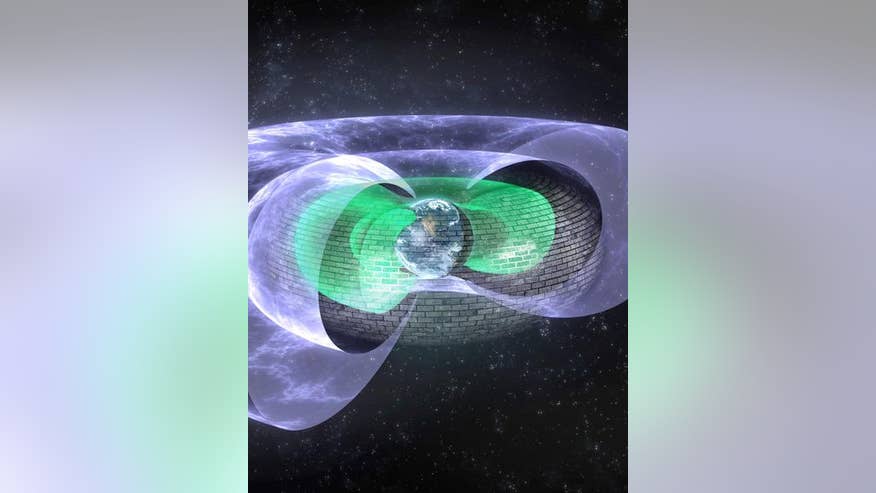Scientists discover Earth’s ‘Star Trek’-style invisible shield

A team of scientists led by the University of Colorado Boulder has discovered an invisible “Star Trek”-style shield that blocks so-called “killer electrons” 7,200 miles above Earth.
The electrons, which travel at near light-speed, are capable of damaging space electronics and can put astronauts in danger.
The shield, which forms a barrier to particle motion, was found in the Van Allen radiation belts, according to Distinguished Professor Daniel Baker, director of CU-Boulder’s Laboratory for Atmospheric and Space Physics, who led the study. The radiation belts, which are held in place by Earth’s magnetic field, are two doughnut-shaped rings that are packed with high-energy electrons and protons.
“It’s almost like these electrons are running into a glass wall in space,” said Baker, in a statement. “Somewhat like the shields created by force fields on Star Trek that were used to repel alien weapons, we are seeing an invisible shield blocking these electrons. It’s an extremely puzzling phenomenon.”
The scientists discovered an “extremely sharp” boundary at the inner edge of the outer radiation belt, which appears to block electrons from breaking through the shield and moving towards Earth’s atmosphere.
The CU-Boulder team previously thought that the electrons drifted into Earth’s upper atmosphere, where they would be wiped out by air molecules.
Scientists have gained insight into the Van Allen belts in recent years. In 2012, for example, two NASA probes found that the belts alter more rapidly than previously thought, with particles in the areas undergoing swift changes in energy, time and spatial distribution.
Last year a team led by Daniel Baker used the probes to discover a third, transient “storage ring” between the inner and outer Van Allen belts. The third ring appears to come and go, depending on space weather.
The radiation belts are named after celebrated University of Iowa physicist James Van Allen, who discovered them in 1958. Van Allen, who is widely regarded as apioneer in magnetospheric space research, died in 2006 at the age of 91.
| 




